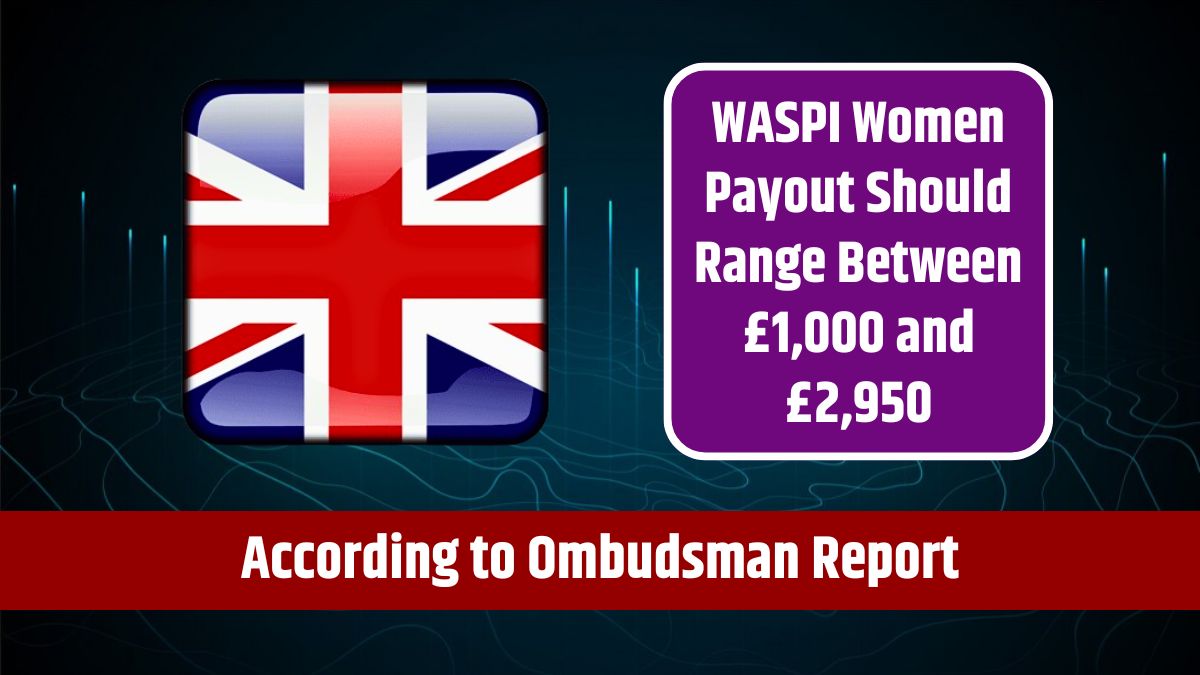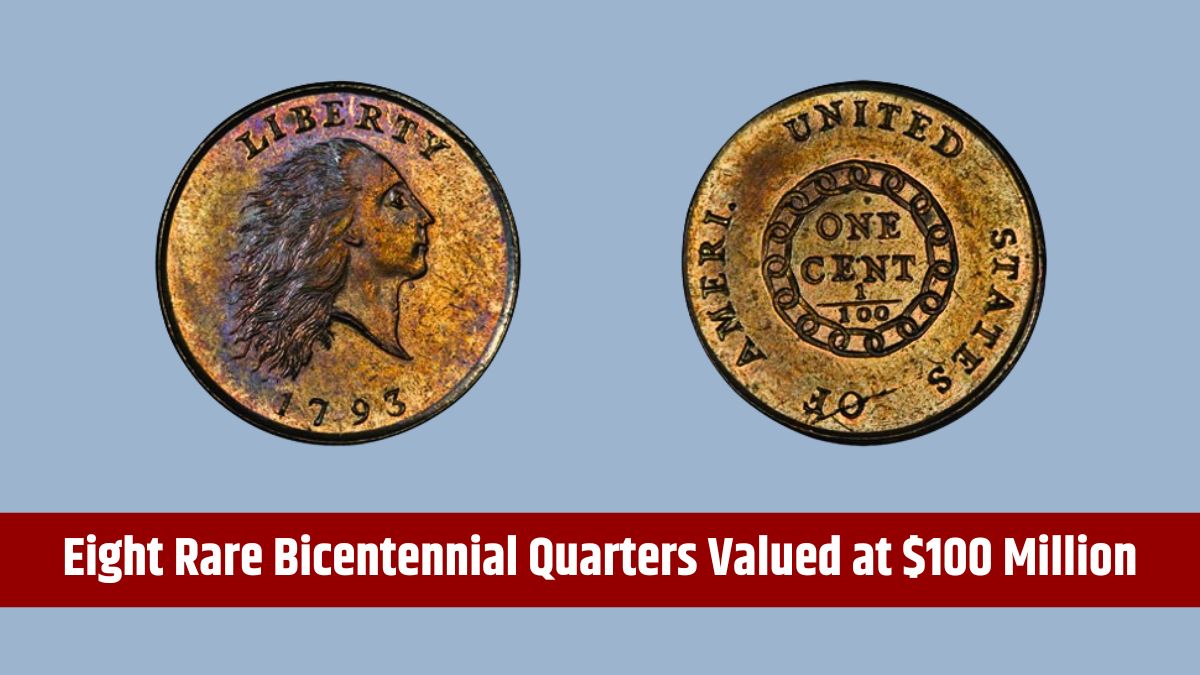The ongoing struggle of the Women Against State Pension Inequality (WASPI) campaign has recently taken a significant turn. The Parliamentary and Health Service Ombudsman (PHSO) has recommended compensation payouts between £1,000 and £2,950 for women affected by the changes in the state pension age.
This recommendation comes as a partial victory for the WASPI women, who have been advocating for justice due to the financial hardship caused by insufficient notice of the state pension age increase from 60 to 65.
WASPI
The WASPI campaign was born out of frustration and financial distress experienced by women born in the 1950s. These women had long expected to retire at the age of 60, but a series of legislative changes pushed the state pension age to 65.
The problem was exacerbated by the lack of adequate communication and notice from the government, leaving many women unprepared for the sudden shift in their retirement plans. As a result, countless women found themselves in unexpected financial difficulty, facing years without the pension income they had planned on.
Ombudsman’s Recommendations
The recent Ombudsman report marks a critical moment in the WASPI movement. After reviewing the impact of the pension age changes, the Ombudsman has recommended compensation payouts ranging from £1,000 to £2,950 for the affected women. These amounts are intended to acknowledge both the financial losses and the emotional distress caused by the sudden and poorly communicated changes to the state pension age.
Compensation Breakdown
- £1,000 to £2,950: The suggested compensation varies depending on individual circumstances, reflecting the degree of hardship and distress caused by the pension changes.
- Financial Losses: The compensation aims to provide financial relief for the unexpected gap between the planned and actual pension age.
- Emotional Distress: The payouts also serve as a recognition of the distress and uncertainty these women faced due to inadequate notice and communication.
Mixed Reactions
While the Ombudsman’s report has been welcomed by many, including supporters of the WASPI campaign, it has also sparked further debate.
Support
- Acknowledgment of Injustice: Many see the recommendations as a crucial step towards justice for the affected women, acknowledging the government’s failure to communicate effectively.
- Starting Point for Discussion: The report provides a foundation for ongoing discussions about how best to address the financial and emotional damage suffered by these women.
Criticism and Calls for More
- Inadequate Compensation: Critics argue that the recommended payouts are not sufficient to fully address the financial losses incurred by many women. The impact of the pension age changes has been so profound that some feel only a more comprehensive solution will be fair.
- Broader Pension Inequality: The debate has also brought attention to broader issues of pension inequality and financial security for women. Many are calling for more systemic reforms to ensure that women are not disproportionately disadvantaged in retirement.
Future Implications
The debate surrounding the WASPI women and their fight for fair compensation is far from over. The Ombudsman’s report has opened the door to further discussions and potential reforms, but many questions remain unanswered.
Key Considerations
- Eligibility and Administration: How will the compensation payouts be administered, and who will qualify? The specifics of how these payments will be distributed are still unclear.
- Further Reforms: Will this lead to broader pension reforms to address ongoing inequalities and ensure financial security for all women in retirement?
- Political Influence: The role of political will in shaping the final outcomes cannot be underestimated. The government’s response to the Ombudsman’s recommendations will be crucial in determining the next steps.
- Raising Awareness: There is a need for continued awareness and advocacy to keep the issues faced by WASPI women in the public eye and ensure that their voices are heard in the policy-making process.
The Ombudsman’s report represents a significant breakthrough for the WASPI movement, but the journey toward full justice for the affected women continues. The recommended payouts are an important recognition of the hardships endured, yet they also highlight the need for further action.
As the debate moves forward, the perspectives of the impacted women and their advocates will be central to shaping future pension policies and securing a fair resolution.
FAQs
Who are the WASPI women?
Women born in the 1950s affected by the rise in the state pension age.
What is the recommended payout amount?
Between £1,000 and £2,950 depending on individual circumstances.
Why are these women receiving compensation?
For financial losses and distress due to inadequate notice of pension age changes.
Is the compensation sufficient?
Some argue it is inadequate, calling for broader reforms.
What happens next for WASPI women?
Further discussions and potential reforms are expected to address broader pension inequality.
















